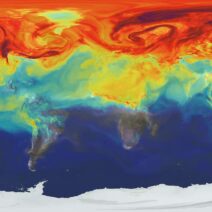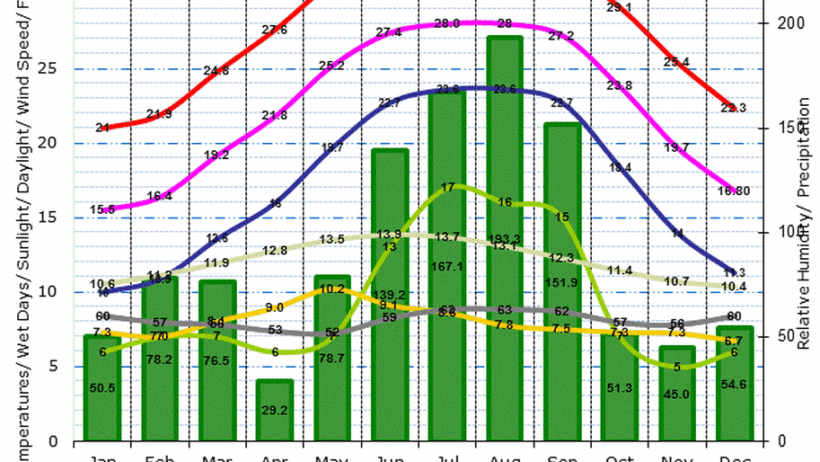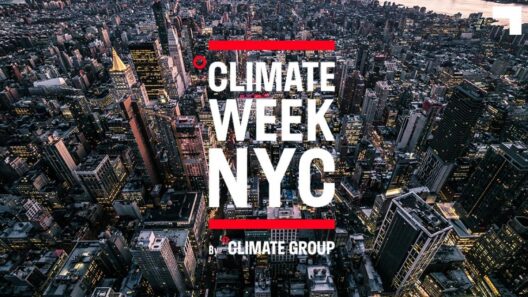The climate of the Coastal Plains is a fascinating tapestry woven from varying factors, including geographic location, prevailing winds, and seasonal changes. These regions, extending along the East and Gulf Coasts of the United States, unveil landscapes that are not only breathtaking but also unique in their climactic manifestations. Understanding this climate requires us to delve into the intricate interactions between atmospheric phenomena and the natural environment.
Coastal Plains are characterized by their proximity to large bodies of water, which significantly influences their climate. The most pronounced aspect is the moderate temperatures, largely moderated by the oceanic influence. As breezes sweep in from the Atlantic or the Gulf of Mexico, they carry with them both moisture and warmth, creating a unique microclimate that benefits various flora and fauna. The air in these regions is often tinged with brackish scents of saltwater, an unmistakable hallmark of coastal living.
In the summer months, the Coastal Plains generally experience high temperatures, often exceeding 90 degrees Fahrenheit (32 degrees Celsius). The interaction of the sun’s heat and the ocean’s cool waters yields intense humidity levels. This vapor-laden air leads to a phenomena known as thermal convection. In simpler terms, as warm air rises, cooler air rushes in to fill the void, producing invigorating coastal breezes. These refreshing gusts can be a welcome respite from the sweltering sun, but they also play a pivotal role in shaping local weather patterns.
During the spring and fall, the climate transitions beautifully. Springtime heralds a vibrant renaissance as flora bursts into bloom. Birds return from their winter migrations, filling the skies with musical cacophony. The air is crisp but laden with promise. In contrast, fall invites a showcase of colors—crimson, gold, and bronze as deciduous trees prepare for winter dormancy. This seasonal shift is not just aesthetic; it impacts agricultural cycles, wildlife behaviors, and even local economic activities. Such changes invite exploration of biodiversity and how various plant and animal species adapt to the rhythm of the seasons.
The winters along the Coastal Plains are relatively mild, compared to the more temperate inland regions. While snowflakes are infrequent, occasional wintry mixes can crop up, particularly in the northern stretches. The temperature averages range from 20 to 50 degrees Fahrenheit (-6 to 10 degrees Celsius), often accompanied by a crisp, clear sky that creates a striking visual display. On some still winter evenings, the sights of the twinkling stars unencumbered by light pollution can evoke a sense of profound wonder—invigorating the spirit and inviting curiosity.
Hurricanes are a formidable aspect of the climate in these coastal regions. The warm waters of the Gulf and Atlantic serve as lifeblood for such storms, enabling them to gather strength as they approach the shore. As temperatures rise due to climate change, the severity and frequency of these cyclonic storms have escalated. Understanding the dynamics of hurricane formation, progression, and their violent impact on coastal communities is essential for preparedness. These storms are a reminder of the delicate balance between humanity and nature.
Coastal ecosystems, such as salt marshes and mangroves, provide an interesting perspective on climate dynamics. These unique environments serve as buffers against storm surges while also acting as carbon sinks—essential for mitigating climate change impacts. By sequestering carbon dioxide, these ecosystems play a crucial role in maintaining global atmospheric balance. Protecting and restoring these vital habitats not only helps avert disasters but also enriches biodiversity.
It is imperative to note the socio-economic implications that arise from the climate of the Coastal Plains. With tourism drawing millions of visitors, coastal states leverage their unique climates to foster economic growth. However, over-reliance on this sector can become precarious in the face of climate change and severe weather events. Community resilience is dependent on adaptive measures that take into account climatic variability and its associated risks. Education and awareness around sustainable practices and policies become absolutely vital.
In addition to adaptation, mitigation strategies must be implemented. Renewable energy sources such as wind and solar power are increasingly being harnessed. Coastal Plains, with their expansive skies and steady winds, offer excellent potential for harnessing these energy forms. The transition not only reduces dependence on fossil fuels but also diminishes the impact on climate, creating a sustainable future for generations to come.
The coastal climate teaches us valuable lessons about interconnectedness. Here, every aspect of life—from flora and fauna to human development—is intricately linked to climate. Understanding the patterns of breezes and big skies opens our eyes to the broader cosmic dance of elements. It compels us to question our role within this delicate equilibrium. As stewards of our environment, we must engage actively in discussions and actions that protect these regions.
In conclusion, the climate of the Coastal Plains presents a rich tapestry of interactions shaped by numerous factors. From mesmerizing summer breezes to the vivacious displays of seasonal transitions, these regions continually invite exploration and engagement. As we navigate the realities of climate change and strive for sustainability, we must remain curious, informed, and proactive—our future depends on it. The Coastal Plains, with their multifaceted climate, hold valuable insights into resilience and our responsibility toward the Earth.





